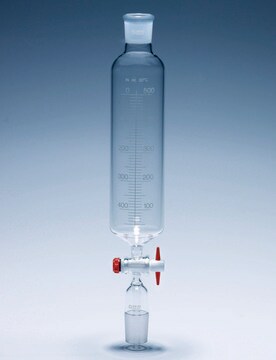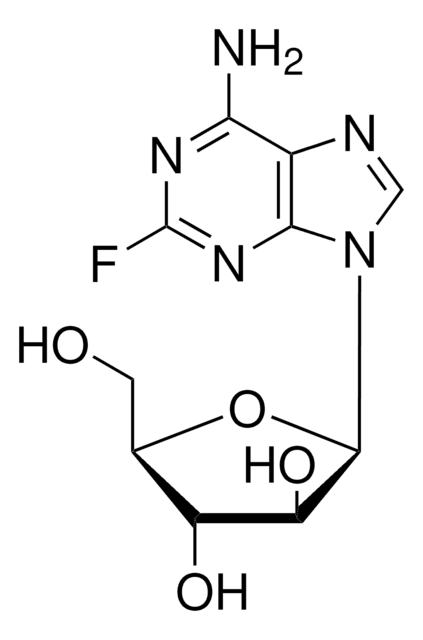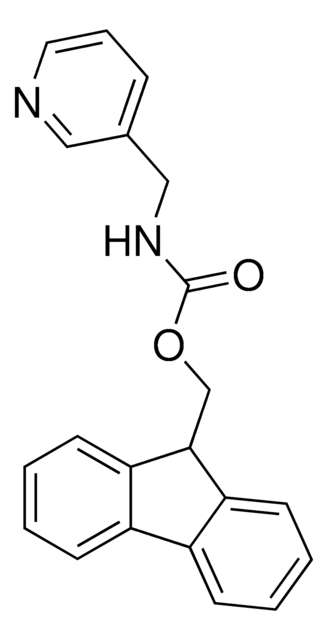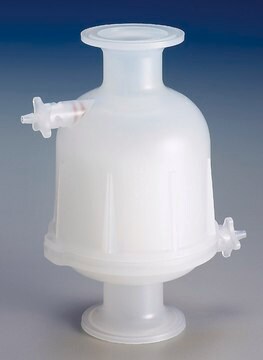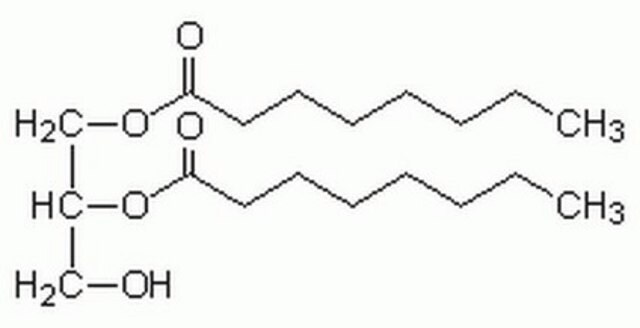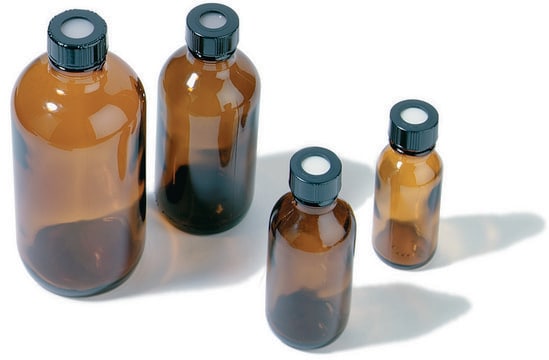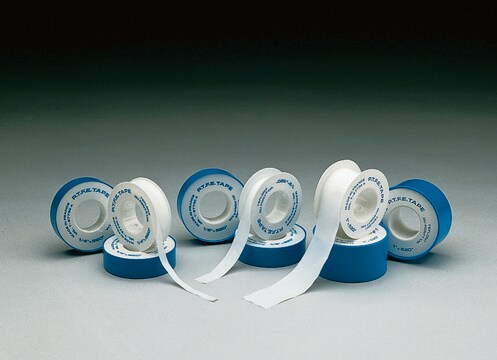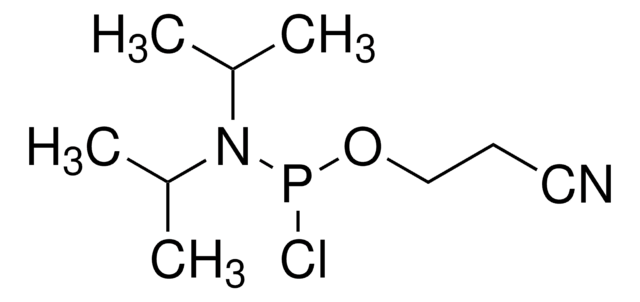AB10620
Anti-Cdc4 Antibody
Chemicon®, from rabbit
About This Item
Polecane produkty
pochodzenie biologiczne
rabbit
Poziom jakości
forma przeciwciała
affinity isolated antibody
rodzaj przeciwciała
primary antibodies
klon
polyclonal
oczyszczone przez
affinity chromatography
reaktywność gatunkowa
human
producent / nazwa handlowa
Chemicon®
metody
immunoprecipitation (IP): suitable
western blot: suitable
numer dostępu NCBI
numer dostępu UniProt
Warunki transportu
dry ice
docelowa modyfikacja potranslacyjna
unmodified
informacje o genach
human ... FBXW7(55294)
Opis ogólny
Cdc4 is one member of this family, which is also known as AGO, FBW7, FBX30 or SEL10. CDC4 binds directly to cyclin E and targets cyclin E for ubiquitin-mediated degradation. Cdc4 proteins of amino acid lengths varying from 553 aa to 707 aa in length have been reported. Cdc4 is an inhibitor of Notch signaling that targets Notch for ubiquitin-mediated degradation after a nuclear phosphorylation event.5,6 Cdc4 interacts with presenilin 1, facilitates its ubiquitination, and alters A-beta peptide production. Thus, it may be important for Alzheimer′s disease. Mutations of the CDC4 gene are detected in ovarian and breast cancer cell lines and the CDC4 gene may also be involved in the pathogenesis of human pancreatic and endometrial cancers.
Specyficzność
Immunogen
Zastosowanie
Protein Trafficking
Ubiquitin & Ubiquitin Metabolism
Immunoprecipitation: 7 µg/reaction
Optimal working dilutions must be determined by end user.
Postać fizyczna
Przechowywanie i stabilność
Inne uwagi
Informacje prawne
Oświadczenie o zrzeczeniu się odpowiedzialności
Nie możesz znaleźć właściwego produktu?
Wypróbuj nasz Narzędzie selektora produktów.
Kod klasy składowania
12 - Non Combustible Liquids
Klasa zagrożenia wodnego (WGK)
WGK 2
Temperatura zapłonu (°F)
Not applicable
Temperatura zapłonu (°C)
Not applicable
Certyfikaty analizy (CoA)
Poszukaj Certyfikaty analizy (CoA), wpisując numer partii/serii produktów. Numery serii i partii można znaleźć na etykiecie produktu po słowach „seria” lub „partia”.
Masz już ten produkt?
Dokumenty związane z niedawno zakupionymi produktami zostały zamieszczone w Bibliotece dokumentów.
Nasz zespół naukowców ma doświadczenie we wszystkich obszarach badań, w tym w naukach przyrodniczych, materiałoznawstwie, syntezie chemicznej, chromatografii, analityce i wielu innych dziedzinach.
Skontaktuj się z zespołem ds. pomocy technicznej
